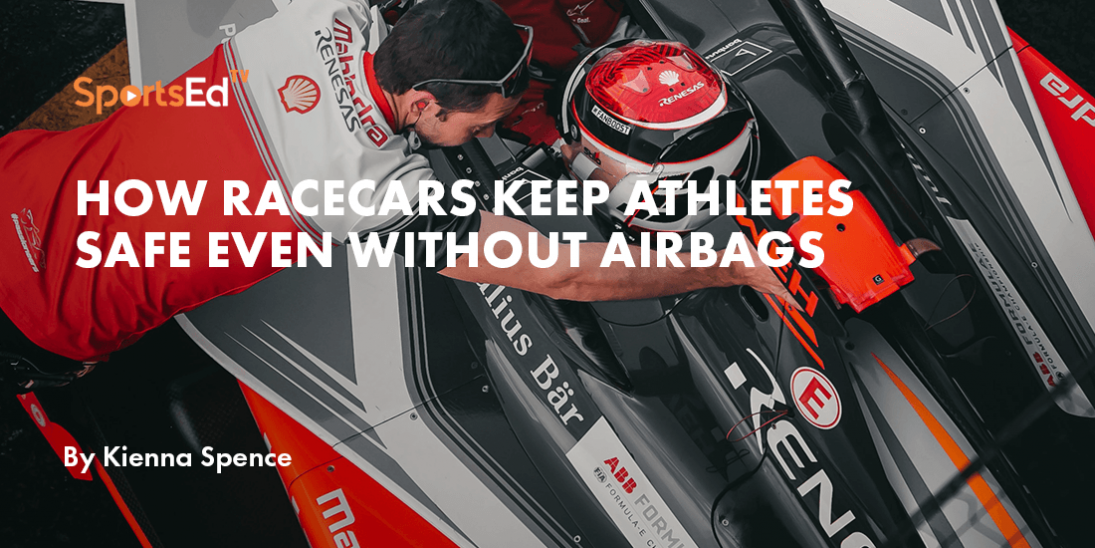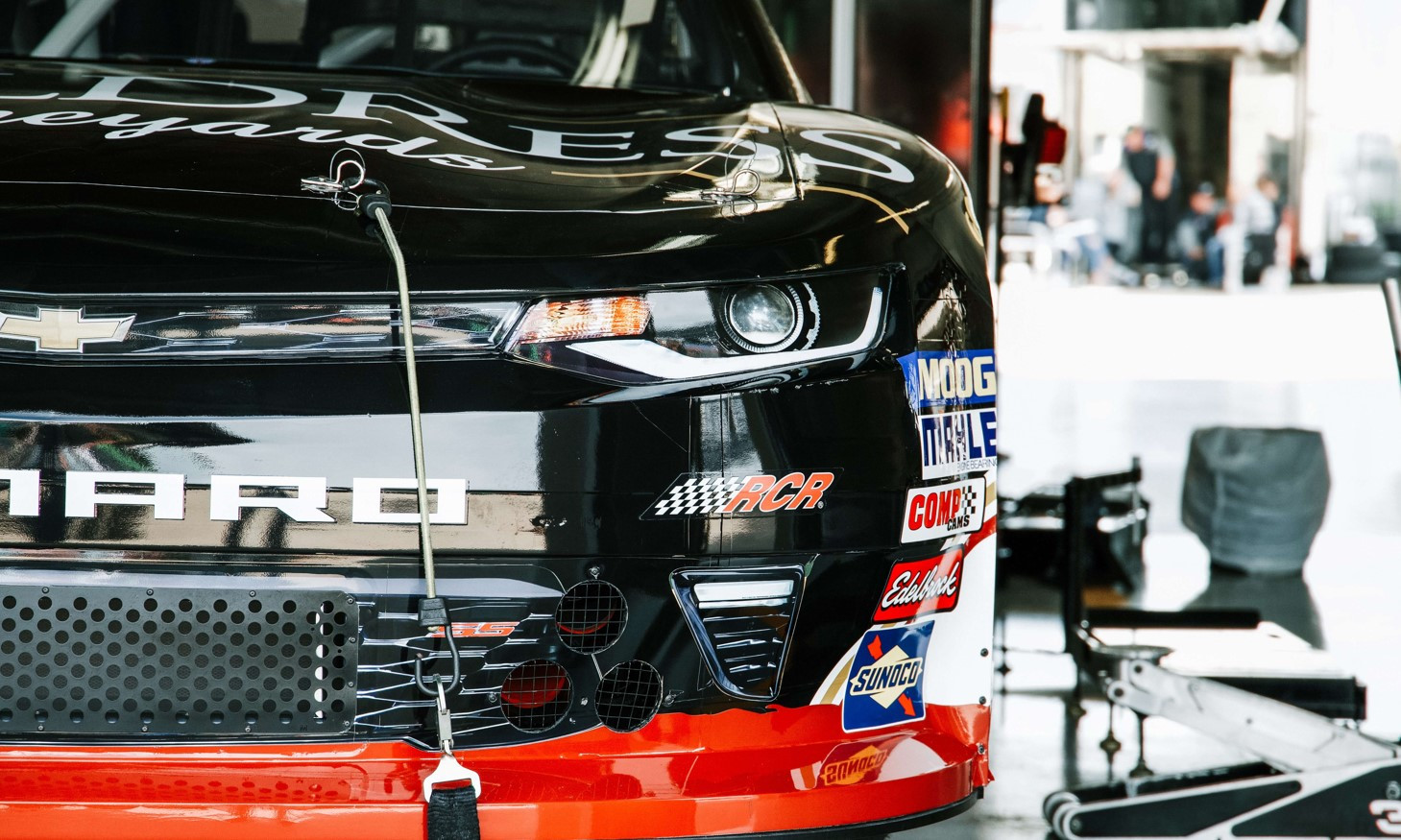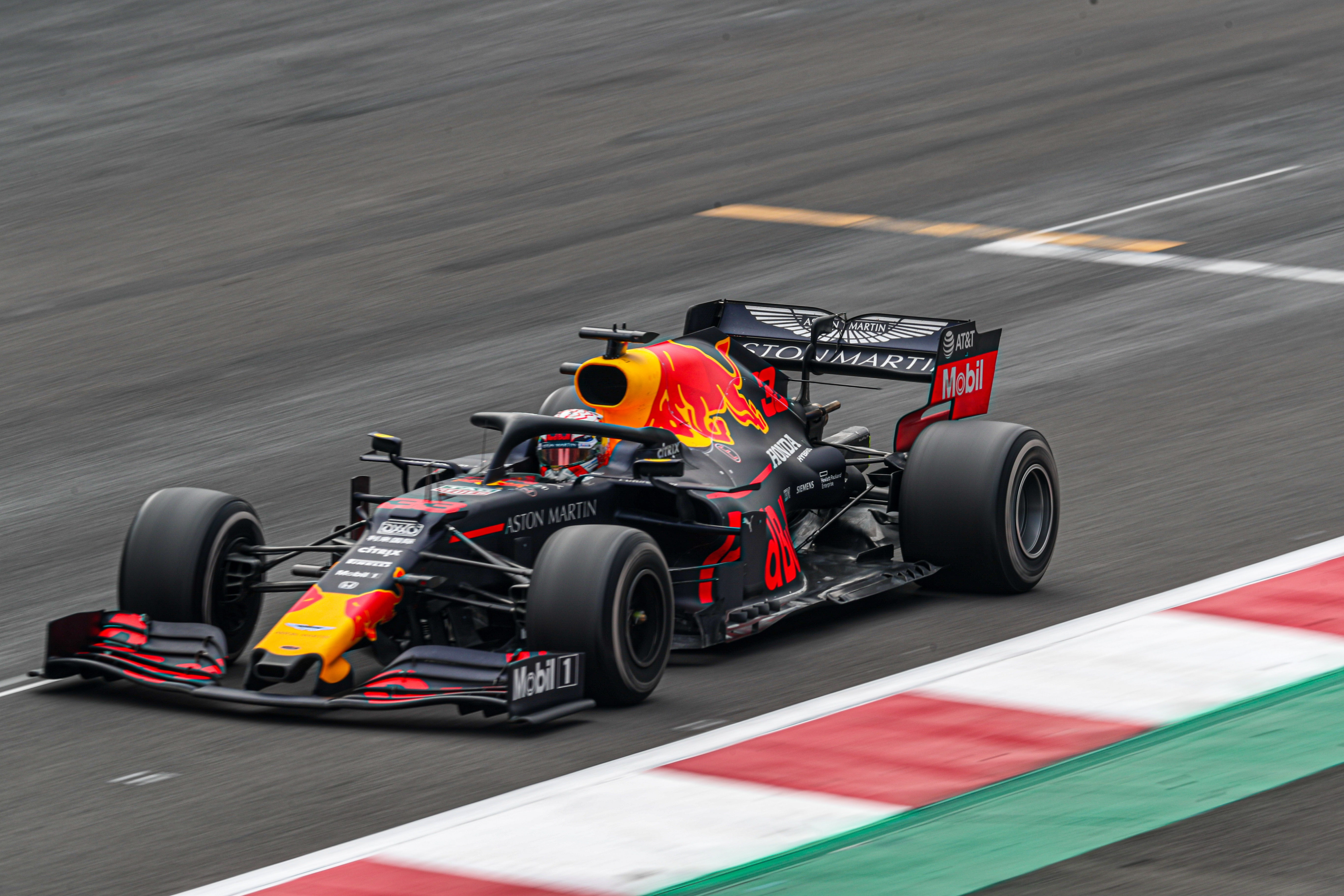Concussion, Equipment Management
Welcome and thanks for visiting...

How Racecars Keep Athletes Safe Even Without Airbags

While airbags have become standard safety features in several passenger vehicles, they are not usually found in racecars. Given the fact that airbags are not 100 percent safe, their non-use doesn’t seem a big deal since racecar drivers are experts at what they do. Furthermore, airbags themselves have caused injuries. Read more in this article about how airbags that malfunctioned led to car crashes all over the U.S.
There are several reasons why racecars do not need airbags.
First, racecars are designed to be lightweight and aerodynamic, which means that they can’t afford to add the extra weight of airbags. Second, racecar drivers are typically well-trained and experienced, so they are less likely to get into accidents in the first place. Third, over the years modifications to race cars made them more durable and safer which made use of airbags redundant. Fourth, airbags are deployed at the slightest trigger of their crash sensors. Installing an airbag in a race car that experiences a lot of hits and bumps during the race will only trigger a premature deployment which causes the driver to get distracted. A premature deployment will be detrimental to a driver’s performance and at worst result in more injuries and accidents.
Racecars are not like your typical automobile. That is why racecars do not run on the streets. While airbags may be effective in preventing accidents on the highway, it is useless in stock cars that perform in racing events such as NASCAR and Formula 1.
How do race car drivers stay safe without using airbags? Read on and learn how.
Here are the alternative safety features used by racecar drivers:
Professional racecar drivers are trained not only to take estimated risks in this sport. To drive at high speeds with the potential of crashing requires a lot of training and skills in using the right equipment.
NASCAR and Formula 1 the world-class leaders in racecar driving have formulated their own innovations in the performance and safety of racecar drivers.

Safety features of NASCAR
NASCAR (National Association for Stock Car Auto Racing, LLC) has created some important safety measures and rules that made it a better racing platform.
- HANS Device
NASCAR implements using the 6-point seat belts in seats as an added protection against a forward and backward motion in the event of a crash. Head &; Neck Support or HANS device makes sure that the helmet is secured and pinned down to his seat. It protects the driver from whiplash injuries during a crash to avoid getting a concussion or head injuries.
- Carbon Fibre seats
Carbon fiber material was used in the fabrication of driver seats for better shock absorption. The design of the seats protects the shoulders and wraps around the rib cage of the driver for added coverage against crashes.
- Window Nets
Window nets were added to racecars, not for aesthetic reasons. Its function is to retain the arms and head of the driver within the car during a crash. It will prevent flying debris from entering the car and keep the limbs from hanging outside.
- Roof flaps
When a racecar goes at high speed it tends to spin uncontrolled and it could go up in the air due to airlift. Adding roof flaps to the car helps in keeping it grounded and prevents it from overturning on the racetrack. The flaps break the airflow that causes the car to lift, and it helps maximize the downward force.
- Track barriers
These inexpensive SAFER or TRACK barriers are installed alongside road tracks creating walls that absorb energy.
- Fire-resistant racing suits
These specialty suits use fire-resistant material that shields drivers from burning in a car crash. It complements the helmet that prevents head traumas and works as a means of communication with the driver’s spotter.
- Hire a dependable spotter
A spotter works as the driver’s eyes and ears. Since external mirrors can be distracting and worthless because of the intense vibrations of the car, the spotters relay vital information the driver needs. They relay information such as if there is a hairpin curve ahead, what cars are in front and behind the driver, what position the driver is in the race if there is a car crash ahead, and how far it is from the driver’s position.
Safety features of Formula 1
Formula 1 stock cars are quite exceptional when it comes to their gripping and cornering capabilities. The safety features incorporated in their vehicles make the use of airbags unnecessary.
- Exceptional steering wheels
Steering wheels of Formula 1 cars are made of clusters of check lights, switches, and knobs that there is nary a space to fit in an airbag.
- Tight cockpit design
Cockpits of Formula 1 cars are made of small rigid shells. It purposely limits the movement of the driver to just controlling the buttons and turning the wheel. The hard shell prevents the driver from being flung out of the car or moving during a car crash.
- 6-point seat belts
Formula 1 implements the use of 6-point seat belts to make sure the driver is secured by the straps protecting his legs, pelvis, and shoulders. Though drivers will find it difficult to fasten the seatbelts on their own in the narrow cockpit, it is easily released just by turning their hands.
- Fire-resistant helmets
These are additional protective equipment drivers use that make the use of airbags irrelevant. These helmets could endure heavy forces and resist fire with their specialized materials.
Since airbags are usually placed on steering wheels, there is just no room to place an airbag in a Formula 1 race car. If you can squeeze it in, the driver will not be able to see the road or concentrate on his driver if it is activated prematurely. With a narrow cockpit, the driver will be engulfed by the airbag and will not be able to break away from the car after it crashes.
Conclusion
Both NASCAR and Formula 1 have come up with modified safety measures that work so exceptionally well that the use of airbags has become useless. Airbags are not fit for all kinds of cars, especially stock cars. Therefore, the protective measures used for road safety are not limited only to using airbags. For high-risk cars that run at great speeds, modern technology, and scientific engineering has taken the lead in protecting drivers against accidents.
Kienna Spence is an event safety officer for more than five years. Upon leaving the racing industry, she is now working in the media industry promoting health and safety through content creation and writing.







